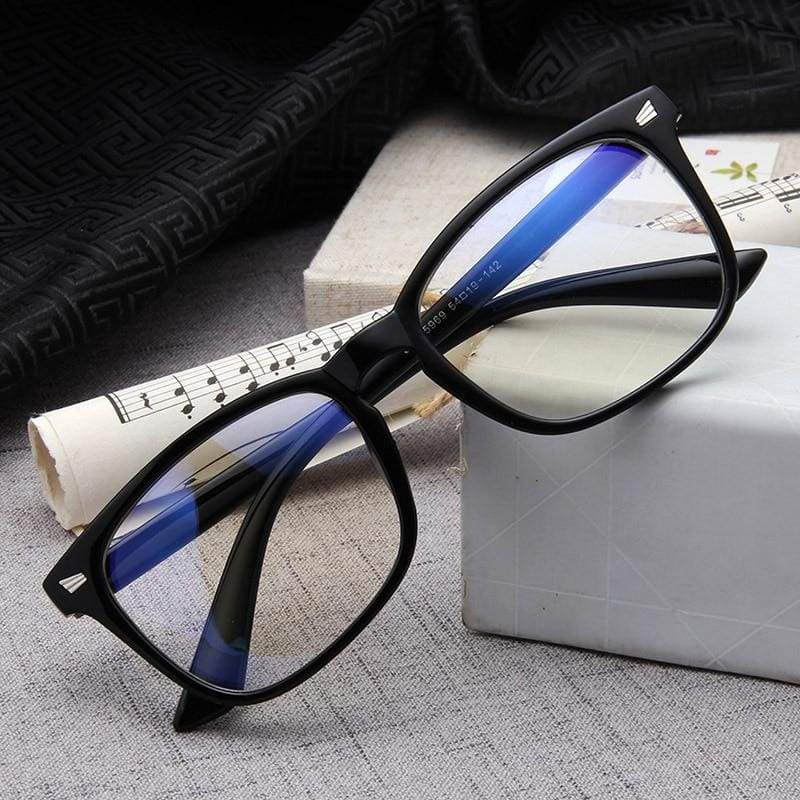
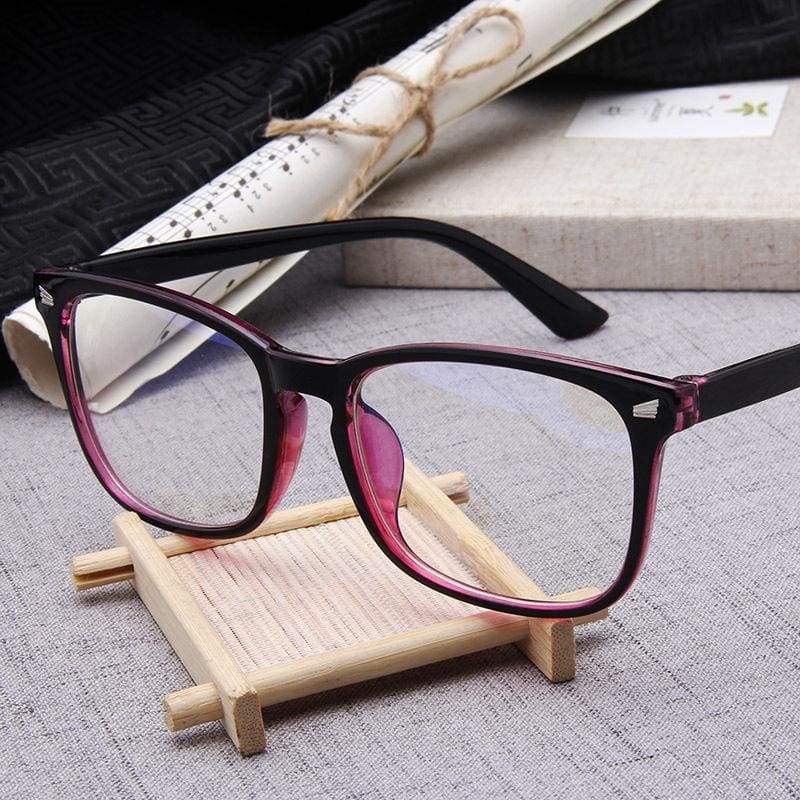

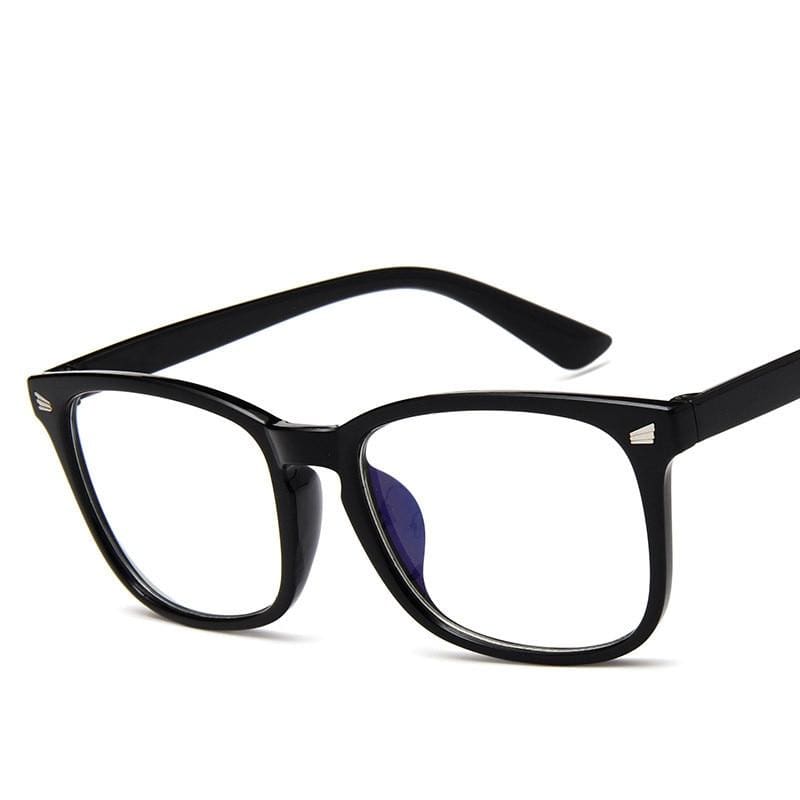


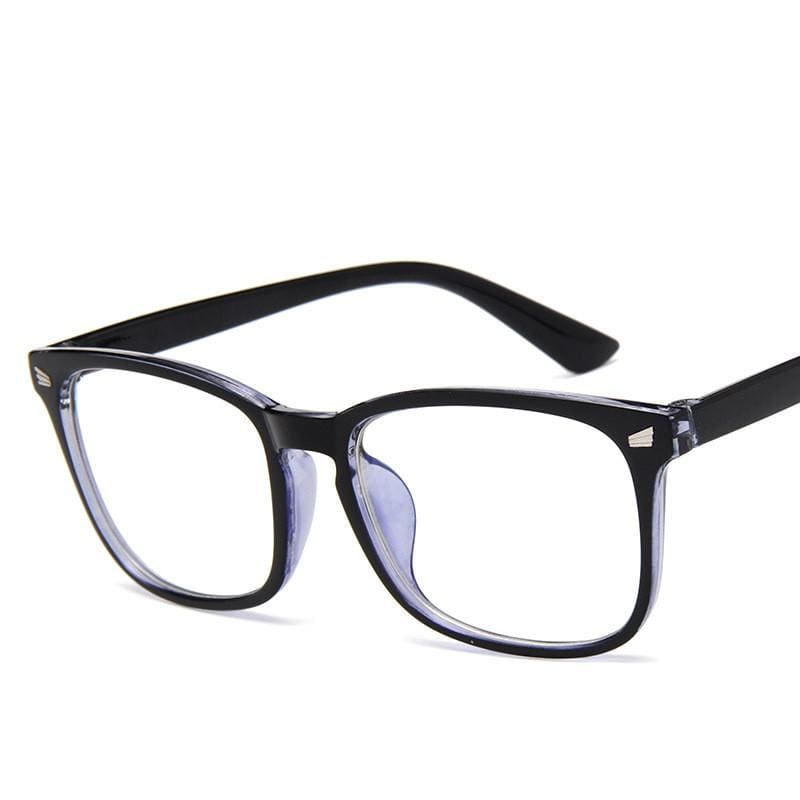
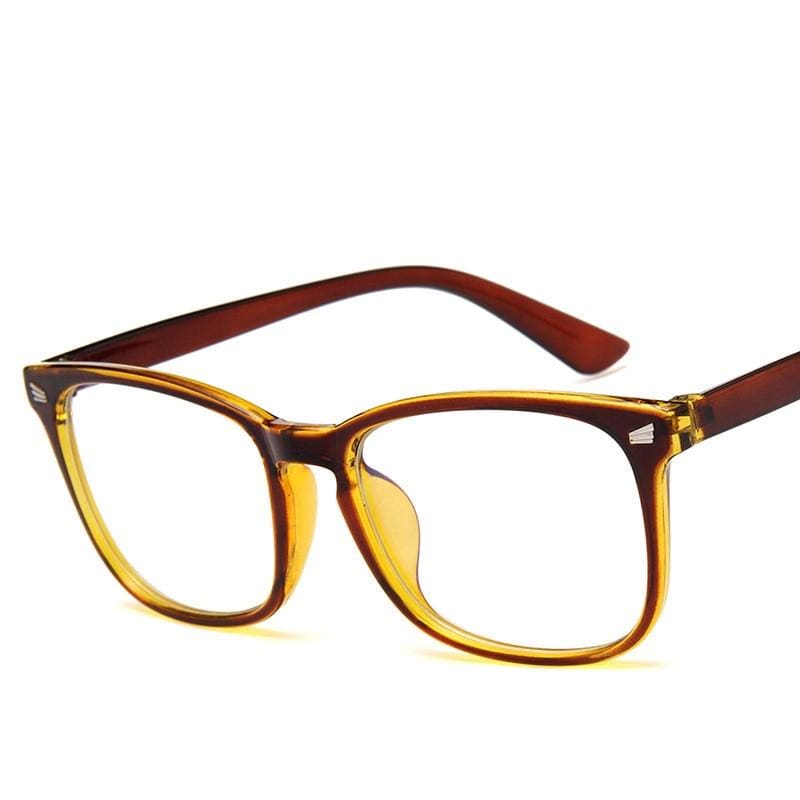
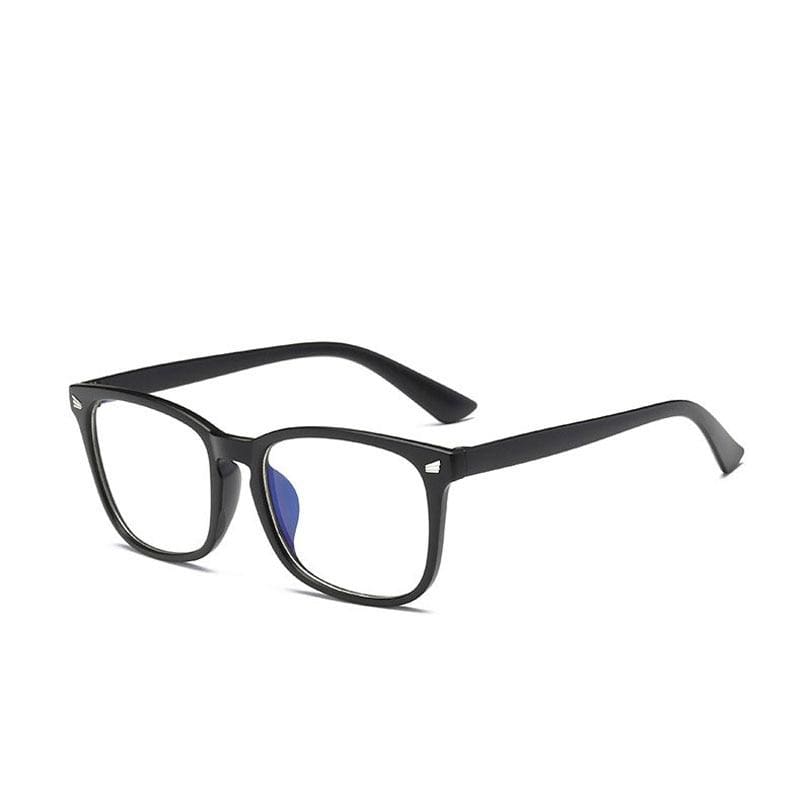
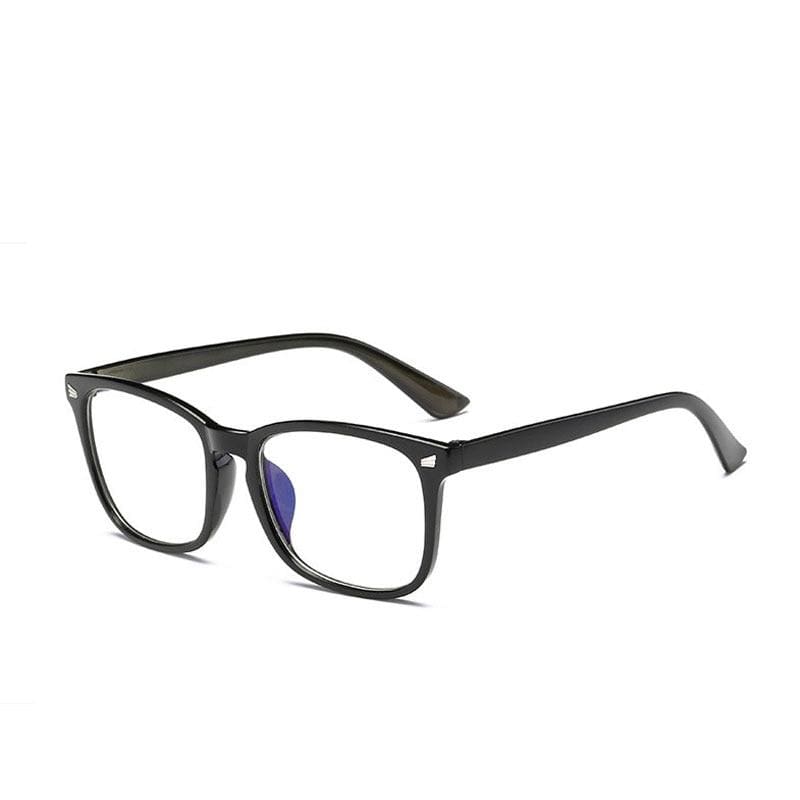
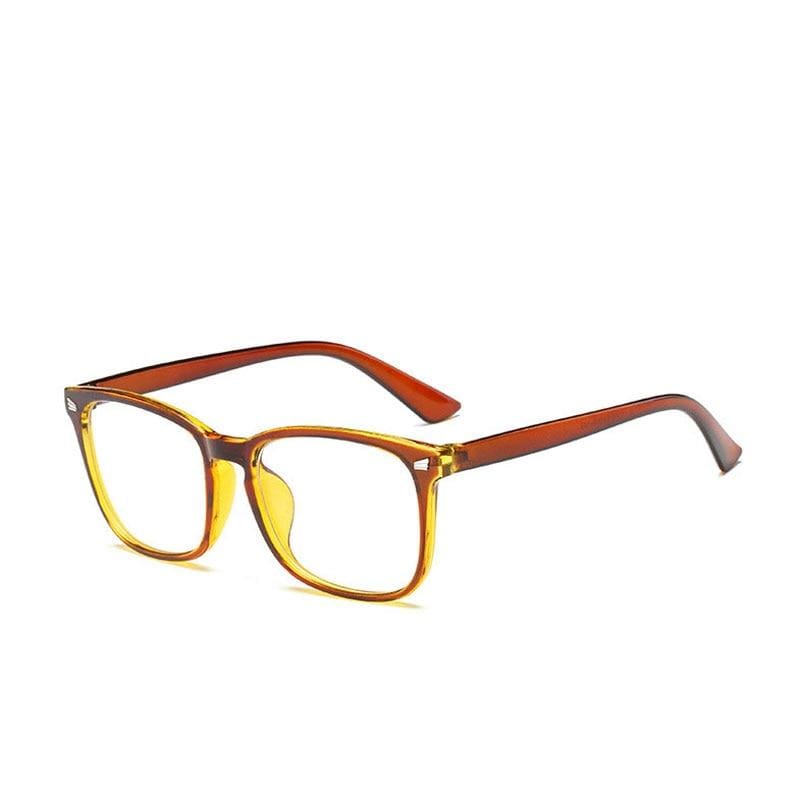
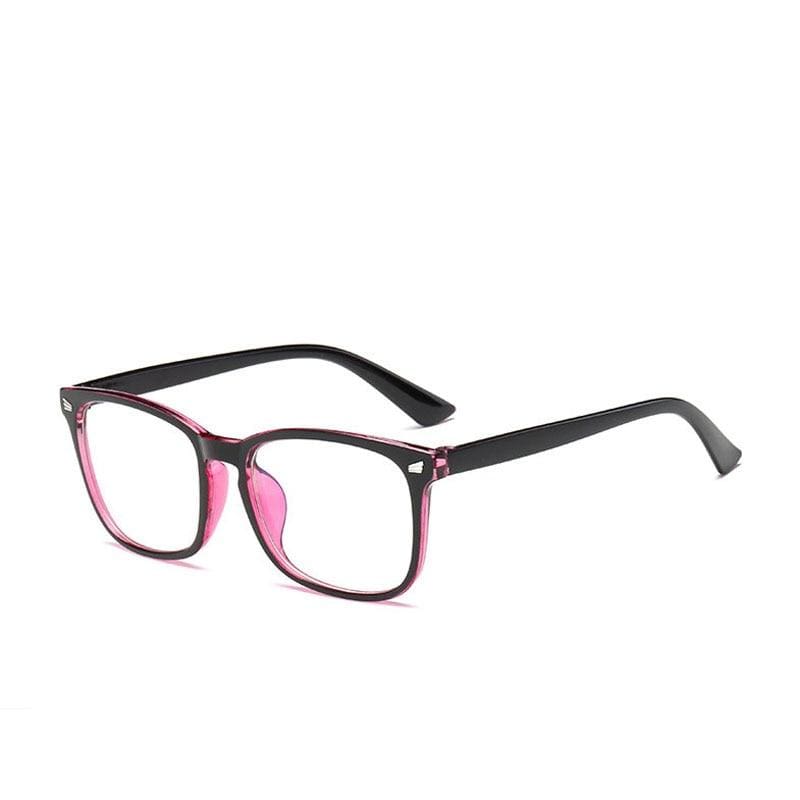
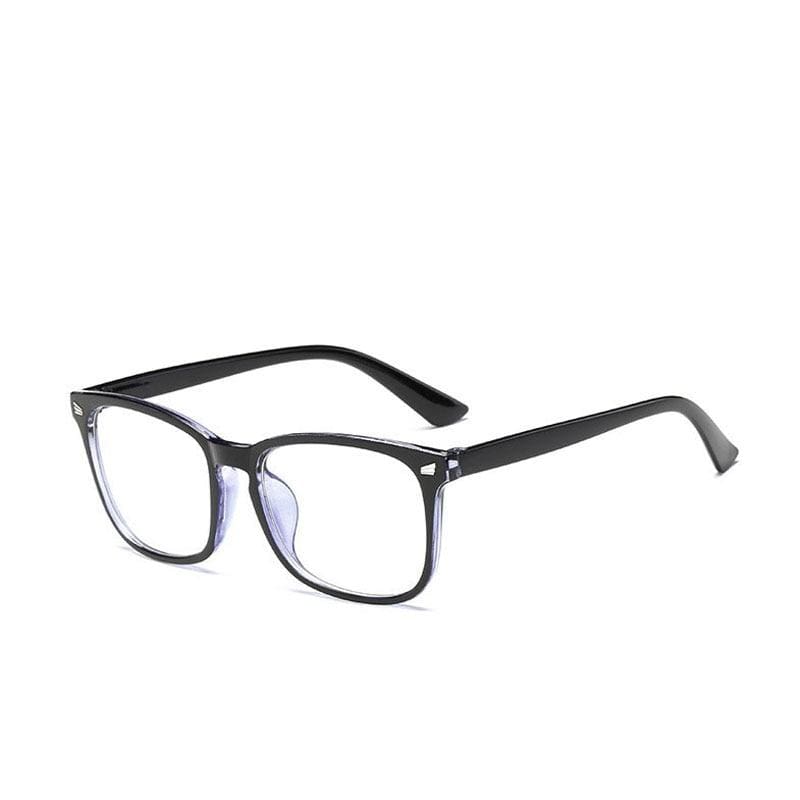




Anti Blue Rays Computer Glasses
$100.00 Original price was: $100.00.$29.97Current price is: $29.97.

Anti Blue Rays Computer Glasses !!!
Anti blue rays computer Glasses Blue Light Coating Gaming Glasses for computer protection eye Retro Spectacles
Just click the “Add To Cart” Button Below! There’s very limited stock, and they will go soon!
Note: Due to High Demand Promotional Items May Take Up To 2-4 weeks for delivery.
WE SUPPORT AN AMAZING CAUSE
We’re thrilled to support Nanhi Pari Foundation is a Girl Child Right Organization which works for Education, Health & Nutrition for Girl Child.




SK FASHION’S 7-POINT HAPPINESS CHECKLIST
1. FREE Shipping Worldwide on special offers.
2. Fast, Sure & Safe delivery.
3. Safe & Secure Payments.
4. 30 Day Money Back Guarantee.
5. Real humans on our support help-desk!
6.Tracking number for every order.
7. We use encrypted SSL certificates for 100% security.

Anti Blue Rays Facts
Blue light: It’s both bad and good for you
Visible light is much more complex than you might think.
Stepping outdoors into sunlight; flipping on a wall switch indoors; turning on your computer, phone or other digital device — all of these things result in your eyes being exposed to a variety of visible (and sometimes invisible) light rays that can have a range of effects.
Most people are aware that sunlight contains visible light rays and also invisible ultraviolet rays that can tan or burn the skin. But what many don’t know is that the visible light emitted by the sun comprises a range of different-colored light rays that contain different amounts of energy.
What is blue light?
Sunlight contains red, orange, yellow, green and blue light rays and many shades of each of these colors, depending on the energy and wavelength of the individual rays (also called electromagnetic radiation). Combined, this spectrum of colored light rays creates what we call “white light” or sunlight.
Without getting into complicated physics, there is an inverse relationship between the wavelength of light rays and the amount of energy they contain. Light rays that have relatively long wavelengths contain less energy, and those with short wavelengths have more energy.
Rays on the red end of the visible light spectrum have longer wavelengths and, therefore, less energy. Rays on the blue end of the spectrum have shorter wavelengths and more energy.
The electromagnetic rays just beyond the red end of the visible light spectrum are called infrared — they are warming, but invisible. (The “warming lamps” you see keeping food warm at your local eatery emit infrared radiation. But these lamps also emit visible red light so people know they are on! The same is true for other types of heat lamps.)
On the other end of the visible light spectrum, blue light rays with the shortest wavelengths (and highest energy) are sometimes called blue-violet or violet light. This is why the invisible electromagnetic rays just beyond the visible light spectrum are called ultraviolet (UV) radiation.
The perils and benefits of UV
UV rays have higher energy than visible light rays, which makes them capable of producing changes in the skin that create a suntan. In fact, the bulbs in tanning booths emit a controlled amount of UV radiation specifically for this reason.
But too much exposure to UV causes a painful sunburn — and even worse, can lead to skin cancer. These rays also can cause sunburned eyes — a condition called photokeratitis or snow blindness.
But ultraviolet radiation, in moderation, also has beneficial effects, such as helping the body manufacture adequate amounts of vitamin D.
Generally, scientists say the visible light spectrum comprises electromagnetic radiation with wavelengths ranging from 380 nanometers (nm) on the blue end of the spectrum to about 700 nm on the red end. (By the way, a nanometer is one billionth of a meter — that’s 0.000000001 meter!)
Blue light generally is defined as visible light ranging from 380 to 500 nm. Blue light sometimes is further broken down into blue-violet light (roughly 380 to 450 nm) and blue-turquoise light (roughly 450 to 500 nm).
So approximately one-third of all visible light is considered high-energy visible (HEV) or “blue” light.
Key points about blue light
Like ultraviolet radiation, visible blue light — the portion of the visible light spectrum with the shortest wavelengths and highest energy — has both benefits and dangers. Here are important things you should know about blue light:
1. Blue light is everywhere.
Sunlight is the main source of blue light, and being outdoors during daylight is where most of us get most of our exposure to it. But there are also many man-made, indoor sources of blue light, including fluorescent and LED lighting and flat-screen televisions.
Most notably, the display screens of computers, electronic notebooks, smartphones and other digital devices emit significant amounts of blue light.
The amount of HEV light these devices emit is only a fraction of that emitted by the sun. But the amount of time people spend using these devices and the proximity of these screens to the user’s face have many eye doctors and other health care professionals concerned about possible long-term effects of blue light on eye health.
2. HEV light rays make the sky look blue.
The short-wavelength, high-energy light rays on the blue end of the visible light spectrum scatter more easily than other visible light rays when they strike air and water molecules in the atmosphere. The higher degree of scattering of these rays is what makes a cloudless sky look blue.
3. The eye is not very good at blocking blue light.
Anterior structures of the adult human eye (the cornea and lens
) are very effective at blocking UV rays from reaching the light-sensitive retina at the back of the eyeball. In fact, less than one percent of UV radiation from the sun reaches the retina, even if you aren’t wearing sunglasses.
(Keep in mind, though, that sunglasses that block 100 percent of UV are essential to protect these and other parts of the eye from damage that could lead to cataracts, snow blindness, a pinguecula and/or pterygium, and even cancer.)
On the other hand, virtually all visible blue light passes through the cornea and lens and reaches the retina.
4. Blue light exposure may increase the risk of macular degeneration.
The fact that blue light penetrates all the way to the retina (the inner lining of the back of the eye) is important, because laboratory studies have shown that too much exposure to blue light can damage light-sensitive cells in the retina.
This causes changes that resemble those of macular degeneration, which can lead to permanent vision loss.
Although more research is needed to determine how much natural and man-made blue light is “too much blue light” for the retina, many eye care providers are concerned that the added blue light exposure from computer screens, smartphones and other digital devices might increase a person’s risk of macular degeneration later in life.
5. Blue light contributes to digital eye strain.
Because short-wavelength, high energy blue light scatters more easily than other visible light, it is not as easily focused. When you’re looking at computer screens and other digital devices that emit significant amounts of blue light, this unfocused visual “noise” reduces contrast and can contribute to digital eye strain.
Research has shown that lenses that block blue light with wavelengths less than 450 nm (blue-violet light) increase contrast significantly. Therefore, computer glasses with yellow-tinted lenses may increase comfort when you’re viewing digital devices for extended periods of time.
6. Blue light protection may be even more important after cataract surgery.
The lens in the adult human eye blocks nearly 100 percent of the sun’s UV rays. As part of the normal aging process, the eye’s natural lens eventually blocks some short-wavelength blue light as well — the type of blue light most likely to cause damage to the retina and lead to macular degeneration and vision loss.
If you have cataracts and are about to have cataract surgery, ask your surgeon what type of intraocular lens (IOL) will be used to replace your cloudy natural lens, and how much blue light protection the IOL provides.
After cataract surgery you might benefit from eyeglasses that have lenses with a special blue light filter — especially if you spend long hours in front of a computer screen or using other digital devices.
7. Not all blue light is bad.
So, is all blue light bad for you? Why not block all blue light, all the time?
Bad idea. It’s well documented that some blue light exposure is essential for good health. Research has shown that high-energy visible light boosts alertness, helps memory and cognitive function and elevates mood.
In fact, something called light therapy is used to treat seasonal affective disorder (SAD) — a type of depression that’s related to changes in seasons, with symptoms usually beginning in the fall and continuing through winter.
The light sources for this therapy emit bright white light that contains a significant amount of HEV blue light rays.
Also, blue light is very important in regulating circadian rhythm — the body’s natural wakefulness and sleep cycle. Exposure to blue light during daytime hours helps maintain a healthful circadian rhythm.
But too much blue light late at night (reading a novel on a tablet computer or e-reader at bedtime, for example) can disrupt this cycle, potentially causing sleepless nights and daytime fatigue.
Blue light filters and protective eyewear
If you are using your phone constantly — especially if you use it primarily for texting, e-mailing and web browsing — a convenient way to reduce your blue light exposure is to use a blue light filter.
These filters are available for smartphones, tablets, and computer screens and prevent significant amounts of blue light emitted from these devices from reaching your eyes without affecting the visibility of the display. Some are made with thin tempered glass that also protects your device’s screen from scratches.
Examples of blue light filters for digital devices include: Eyesafe (Health-E), iLLumiShield, RetinaShield (Tech Armor), Retina Armor (Tektide), Frabicon and Cyxus.
As mentioned above, computer glasses also can be helpful to reduce blue light exposure from computers and other digital devices. These special-purpose glasses are available without an eyeglass prescription if you have no need for vision correction or if you routinely wear contact lenses to correct your eyesight.
Or computer glasses can be specially prescribed to optimize your vision specifically for the distance from which you view your devices.
If you have presbyopia and routinely wear progressive lenses or bifocals, prescription computer glasses with single vision
lenses give you the additional benefit of a much larger field of view for seeing your entire computer screen clearly. (Keep in mind, though, that this type of computer eyewear is exclusively for seeing objects within arm’s length and cannot be worn for driving or other distance vision needs.)
Also, a number of lens manufacturers have introduced special glare-reducing anti-reflective coatings that also block blue light from both natural sunlight and digital devices.
You also may want to consider photochromic lenses, which provide seamless protection from UV and blue light both indoors and out and also automatically darken in response to UV rays outdoors to increase comfort and reduce glare.
| Weight | 0.03 kg |
|---|---|
| Frame Color |
Blue ,Bright Black ,Matt Black ,Purple ,Tea |

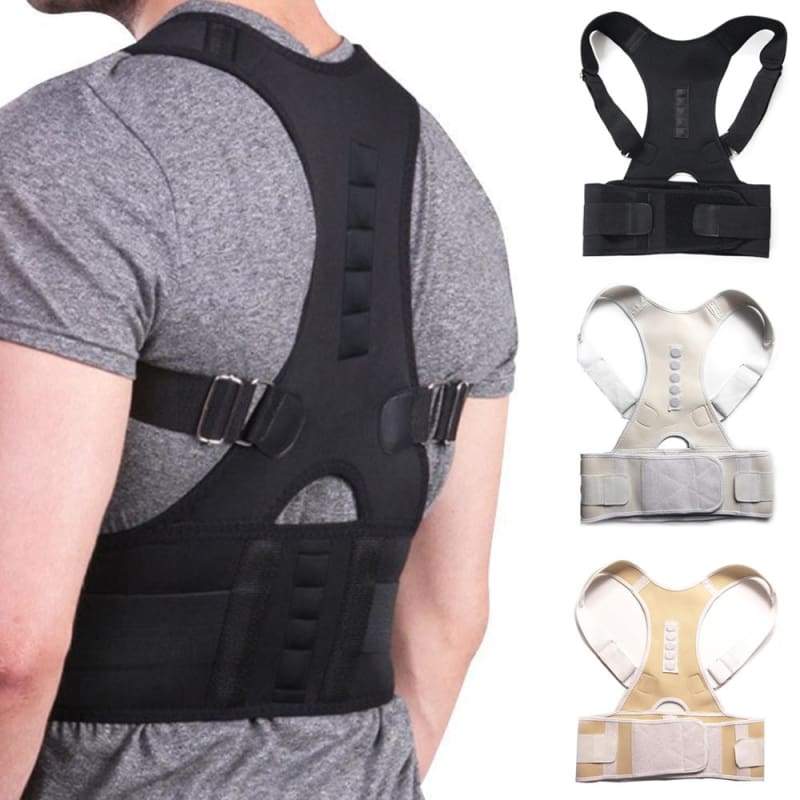
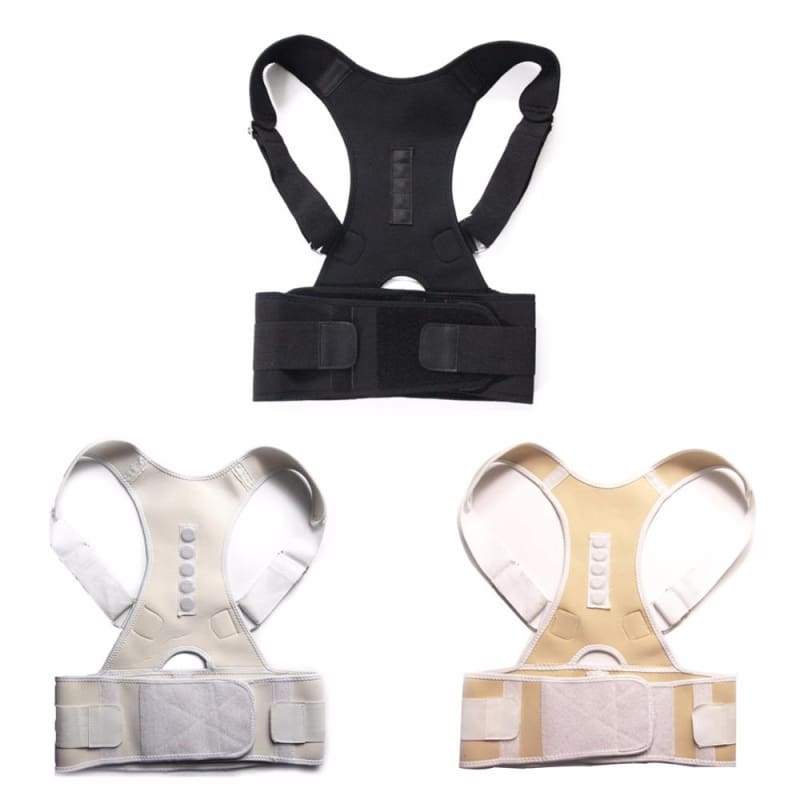
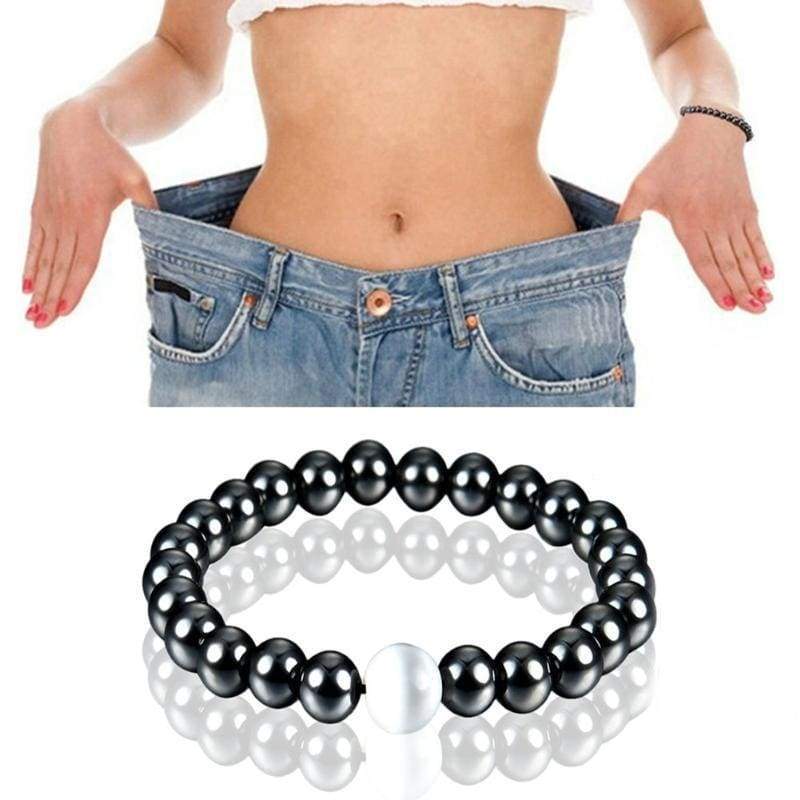

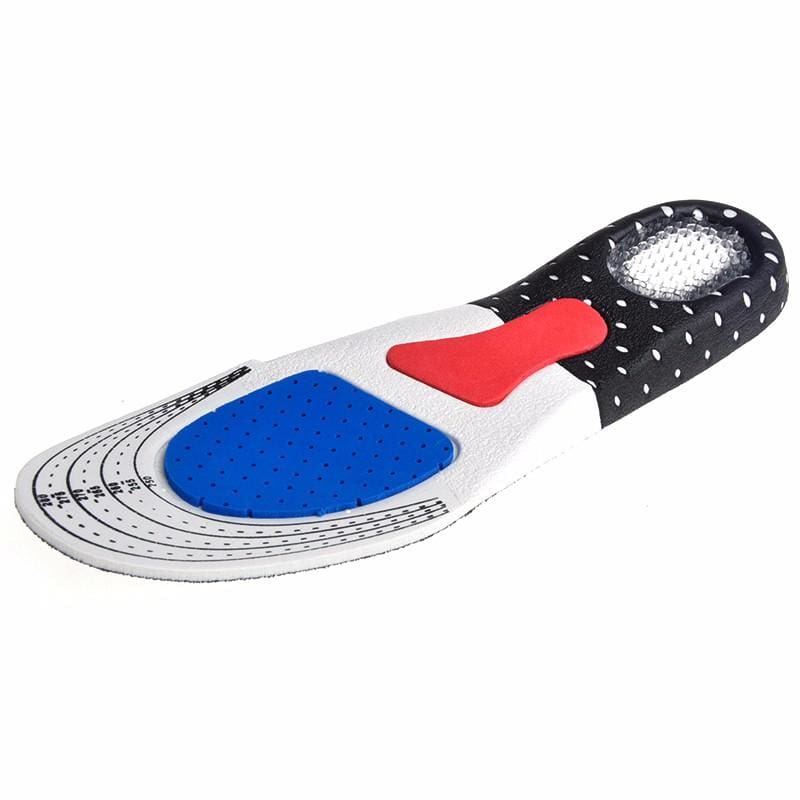


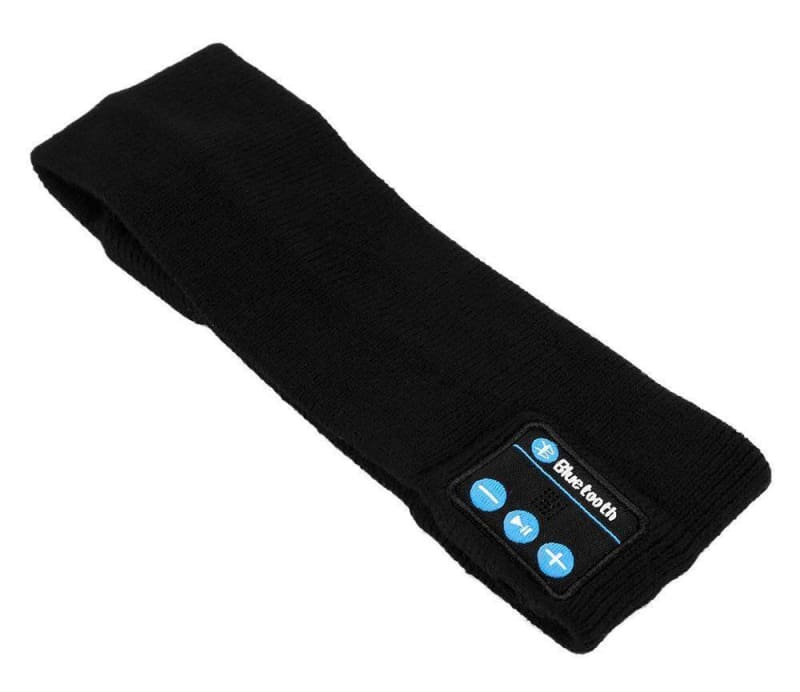


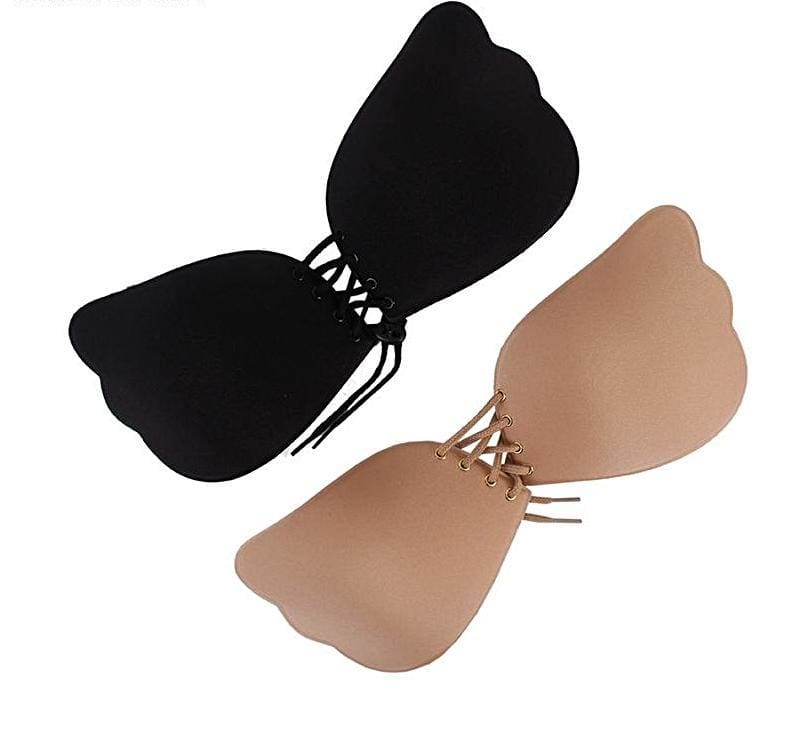
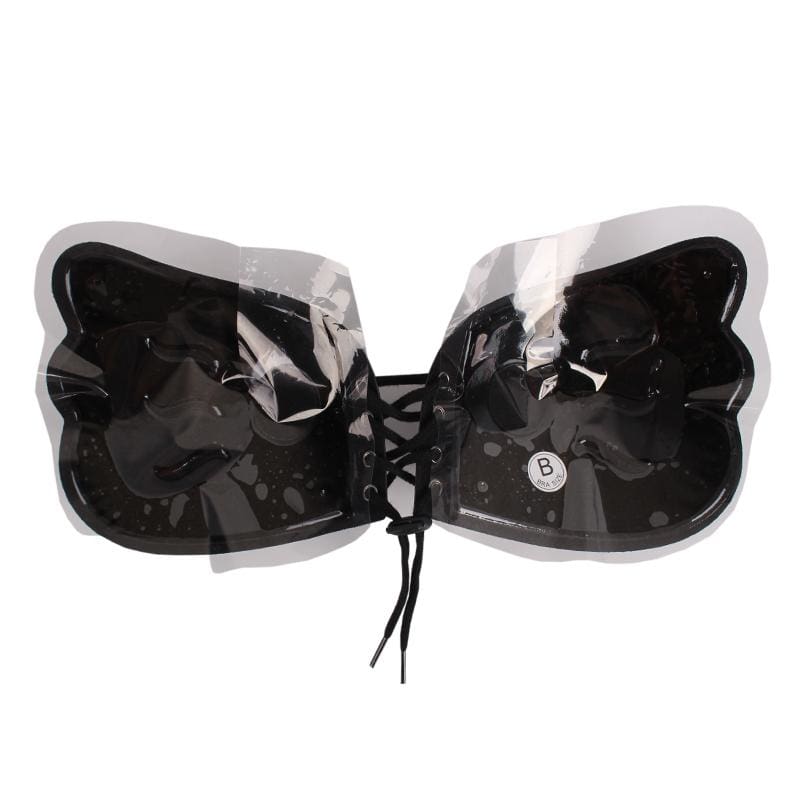
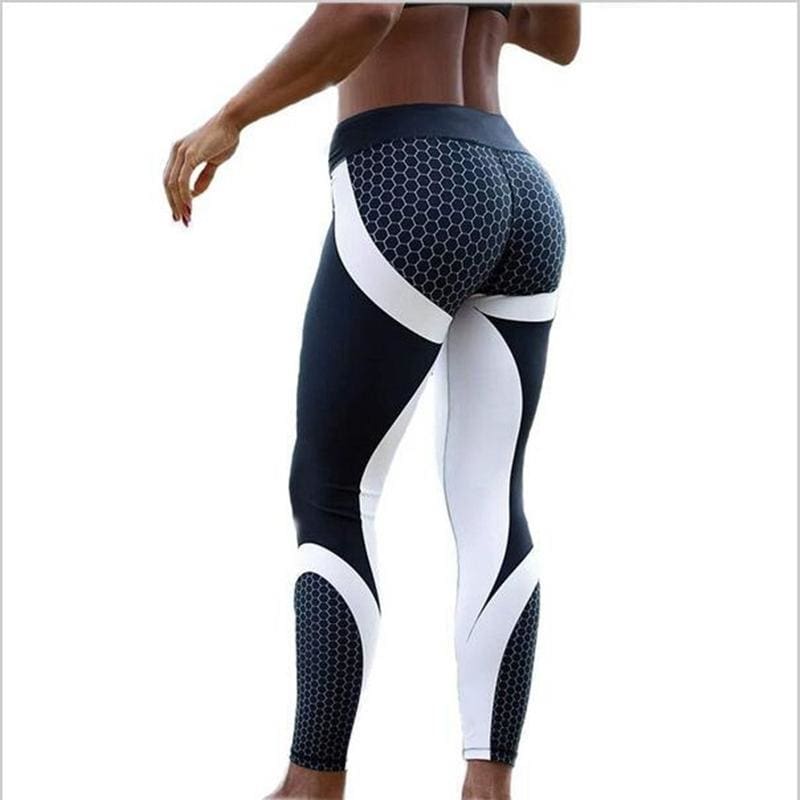

Mike Lemke –
Amazing product! Received it nicely packaged. Highly recommend!
Osvaldo McClure –
Awesome gifts. Arrived straight in the mailbox. Everything was well packaged. Reliable seller.
Anderson Brakus –
Amazing price with lots of benefits. A worthy product. I recommend!
Sid Moen –
All whole, full perfectly packed.
Leonel Anderson –
Amazing… cheap price with whole lots of functions.
Bradley Rau –
Affordable price. Many thanks, EVERYTHING in perfect state, and the Shipping service very fast.
Lenny Heidenreich –
Absolutely amazing!
Tyrell Murray –
Beautiful! perfectly and design is so pretty! Arrived as expected.
Cicero O’Reilly –
An excellent product that does the promise with reasonable pricing.
Vern Kub –
As always, everything is just perfect! A well-done seller, delivery fast, quality at an altitude! 5 points in all respects! Keep it up!
Robert Franecki –
As always, everything is just perfect! A well-done seller, fast delivery, quality goods, effective communication! 5 points in all respects! Keep it up!
Maxwell Reichel –
Awesome gifts. Arrived straight in the mailbox. I’m very pleased. Everything was in well packaged. Reliable seller.
Jarrod Shields –
Affordable price and very fast shipping!
Evan Zemlak –
Amazing product! Received it nicely packaged within a short time.
Lowell Dach –
Amazing price. I will surely buy from this store again.
Zander Stoltenberg –
Amazing product! I love them! Seller was always so responsive! great great seller and product
Faustino Deckow –
Arrived early, product super good high quality with correct price, earned being experience
Joe Predovic –
All good, fast shipment, well packed.
Dewayne Pagac –
Arrived in less than a month, quality is as described.
Lewis Kunze –
All according to the announcement, I am very satisfied.
Thurman Gibson –
Arrived in perfect condition, great!
Olaf Sauer –
Arrived on time, well packaged. Everything is true to the description.
Mac Harber –
Absolutely love this order! Wonderful quality and perfect fit. I will definitely be seeking out this name label in the future.
Emmanuel Jones –
Arrived in time and well packed, thank you!
Mark –
This product is great!
Colten Romaguera –
I bought it as a gift. It did not disappoint. Nice quality and good packed.